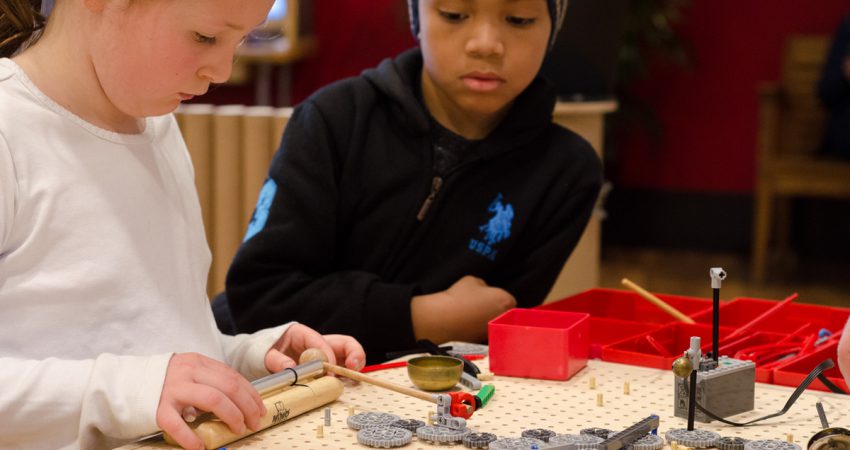
By Bronwyn Bevan - March 2011
PAPER CITATION
Etkina, E., Karelina, A., Ruibal-Villasenor, M., Rosengrant, D., Jordan, R., & Hmelo-Silver, C. (2010). Design and reflection help students develop scientific abilities: Learning in introductory physics laboratories. Journal of the Learning Sciences, 19(1), 54–98.
Researchers found that students developed greater levels of what they call scientific abilities when provided opportunities to design, refine, and reflect on science experiments during a laboratory course, as compared with students who conducted more traditional labs which involved following directions in already established experimental designs. Scientific abilities include attention to measurement issues, surfacing and discussing assumptions in mathematical procedures, evaluating data, and communicating results. In other documents these scientific abilities might be called inquiry process skills (Roth, 1994) or scientific practices [BB2](NRC, 2010). This article will be of interest to informal educators who seek to provide students with opportunities to create, make, invent, and lead their own scientific investigations.
In a controlled experiment, college students who participated in traditional labs where they followed directions to implement experiments to answer problems spent most of their lab time engaged in discussions about logistical matters (such as mathematical procedures). In contrast, another set of students was scaffolded [BB3](e.g., given a self-assessment rubric that focused their attention on different aspects of scientific reasoning) to design and reflect on the design of their own experiments to answer problems. This second group of students spent most of their lab time in sense-making discussions, such as uncovering assumptions or uncertainties. The authors note that designing their own experiments required students to "activate their prior knowledge, differentiate their ideas, and look at lab tasks with scientific eyes" (p. 91).
The authors conjecture that one reason for the difference in the amount and nature of the time "design" versus "non-design" students spent in the lab might be that students who designed their own experiments were unsure of their actions, which created the conditions for metacognitive thinking, such as planning and evaluating both experimental methods and results. Moreover, the authors note that the prescriptive aspects of the traditional lab may have reinforced students' habits of not spending time on monitoring and reflecting.
The study finds that students who designed their experiments demonstrated better scientific abilities than the "non-design" students, although the students performed equally well on the paper-and-pencil tests given as midterm and final exams. The authors believe that this is because paper-and-pencil tests do not measure scientific ability but rather recall of scientific facts. The authors therefore conclude that students who engage in designing experiments "learn more" than those who do not. They further note that "both the activities assigned and the instructional context— how learners are supported to engage and to engage with one another, for example being provided a self-assessment rubric that focused attention and thinking—are critical for the learning of [science process skills]" (p. 89).




